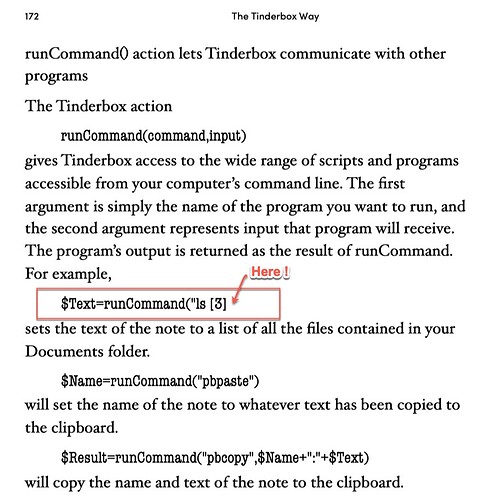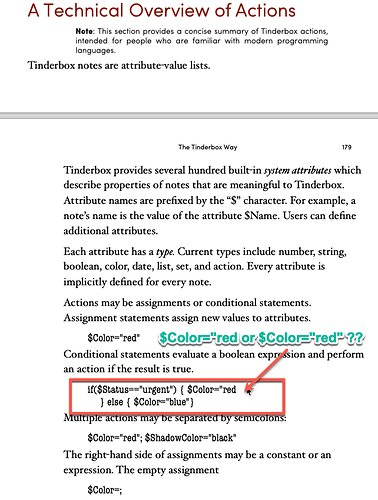Dear Eastgate,
I am currently rereading “The Tinderbox Way”.
I have a question because there were many parts that were unclear for me.
I am a complete outsider when it comes to programming languages.
Learning about unknown languages is one of the pleasures for me.
Music begins with understanding the words of an unknown world.
=====beginning of quatation
This book assumes that you are generally familiar with the elements of Tinderbox.
If you’re new to Tinderbox, it may help if you explore the program a little,
and spend some time with the manual, just to get your bearings.
=======End of quatation
Q01 : What does “look into the program a little bit” mean?
How many things should I investigate?
What are the basics of the program that I should know?
How many program conventions and definitions should I learn?
What I need to know and how deep it is for the program?
If possible, please introduce any books that I should refer to or recommend.
What area of programming are you referring to?
For example XML Perl CCC Python etc…
Or how the programming language is written?
For example, what is the meaning of the left side and the right side
with an equal sign in between?
Q02 : What does “element” in “the elements of Tinderbox” refer to?
Where can I find out?
Yours, WAKAMATSU
P.S
I apologize if a similar question has been asked before.



